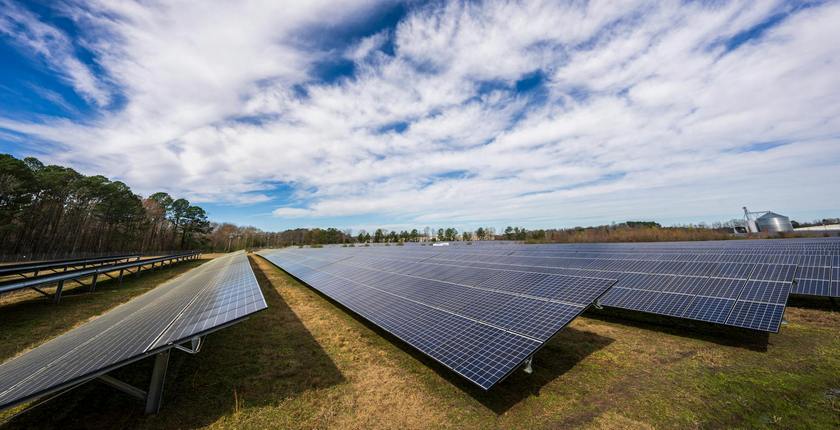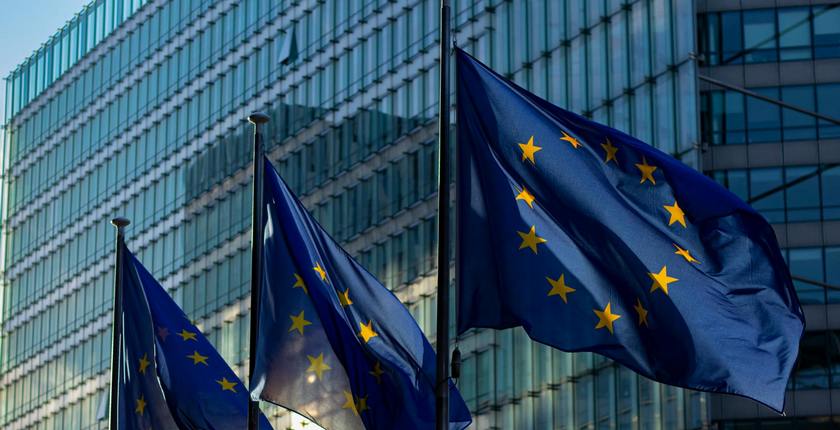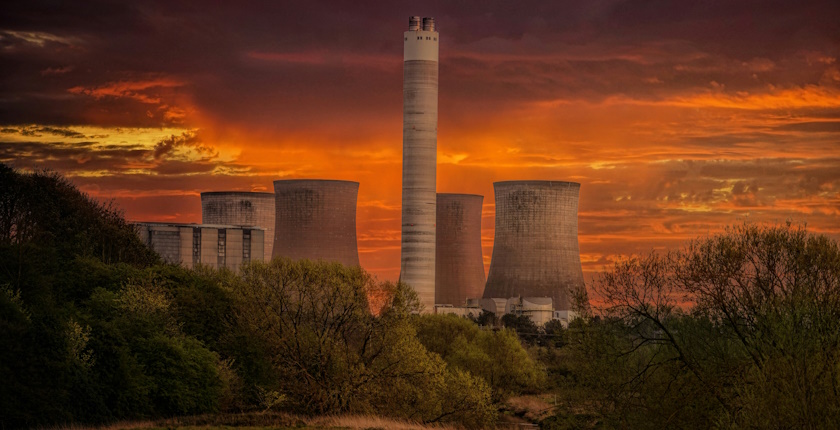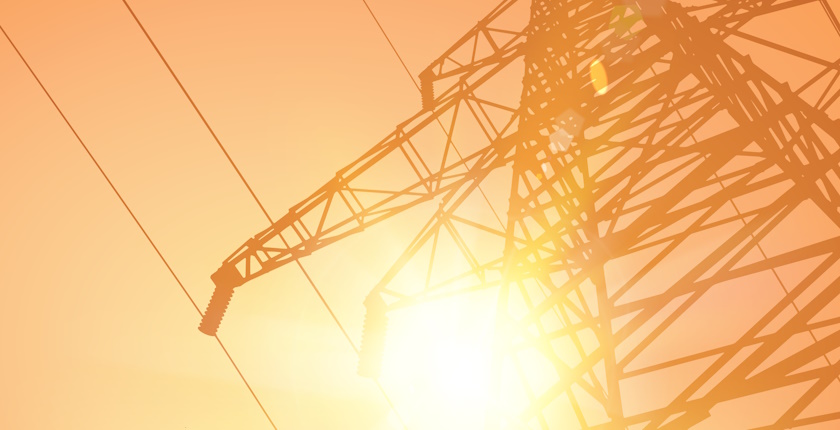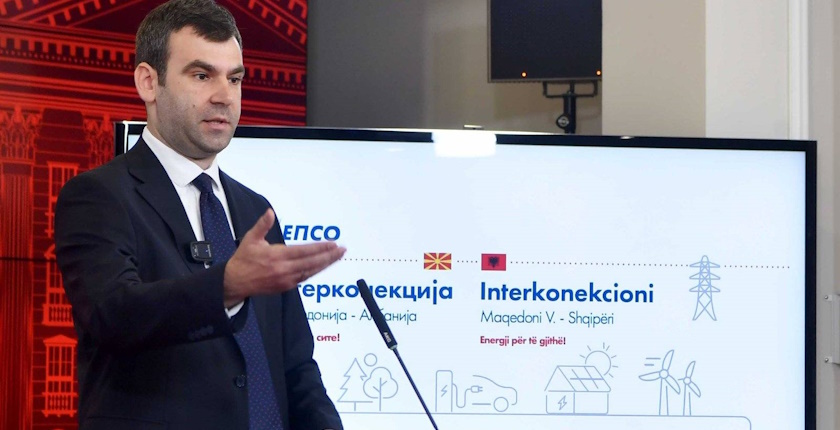
North Macedonia’s MEPSO seeks contractor for power line to Albanian border
Transmission system operator MEPSO launched an international tender for the construction of a 400 kV transmission line, the North Macedonian part of a planned interconnection with Albania. The company earlier canceled the contract with Energoinvest, which began building it four years ago.
State-owned MEPSO said the project is of great importance for the energy stability of North Macedonia and regional integration. The tender is for the construction of an overhead transmission line of one hundred kilometers from the Bitola 2 transformer station to the North Macedonian – Albanian border.
The call was issued after the cancellation of the contract under which construction initially began in 2021.
North Macedonia, Albania waiting over three decades for electricity interconnection
The investment is valued at EUR 17 million. The project is funded through a loan from the European Bank for Reconstruction and Development (EBRD) and grants from the European Union.
The North Macedonian part of the interconnector with Albania is scheduled to be completed by the end of 2027
„I regret that for more than three decades, despite political pluralism and democratic changes, there was no institutional courage and vision to establish an electricity connection with Albania. Today, we are correcting this historical omission,” said Burim Latifi, Director-General of MEPSO.
The transmission line is expected to be completed by the end of 2027, with construction set to begin in early 2026, according to the country’s electricity transmission system operator (TSO).
The deadline for submitting bids is 45 days, and the selection of the most favorable bidder is expected in the third quarter of 2025, MEPSO added.
Latifi: Energoinvest jeopardized power line project
The company claimed the previous contractor, Energoinvest from Bosnia and Herzegovina, jeopardized the project and public interest through unjustified requests for additional funds and by unilaterally abandoning the site, leading to the termination of the contract.
So far, only a small portion of the planned towers for the transmission line has been constructed.
„We encountered a seriously neglected project. Out of 269 planned foundations for transmission towers, only 24 were completed, clearly showing the lack of seriousness in completing the project,” Latifi stated.
The funds spent so far were used for equipment procurements
Energoinvest has received EUR 5.8 million, of which EUR 2.5 million was recovered through bank guarantees, he added. Latifi clarified that the funds were used for procuring equipment, now owned by MEPSO.
The company pointed out that the power line would be part of the proposed East-West energy corridor, connecting Bulgaria, North Macedonia, Albania and Montenegro, which is linked with Italy by an undersea cable.
„The construction of this interconnector will position our system as an essential part of European electric power infrastructure, enabling stable participation in regional markets, access to system and balancing services, and providing more secure and economical energy supply for all citizens,” MEPSO states.

